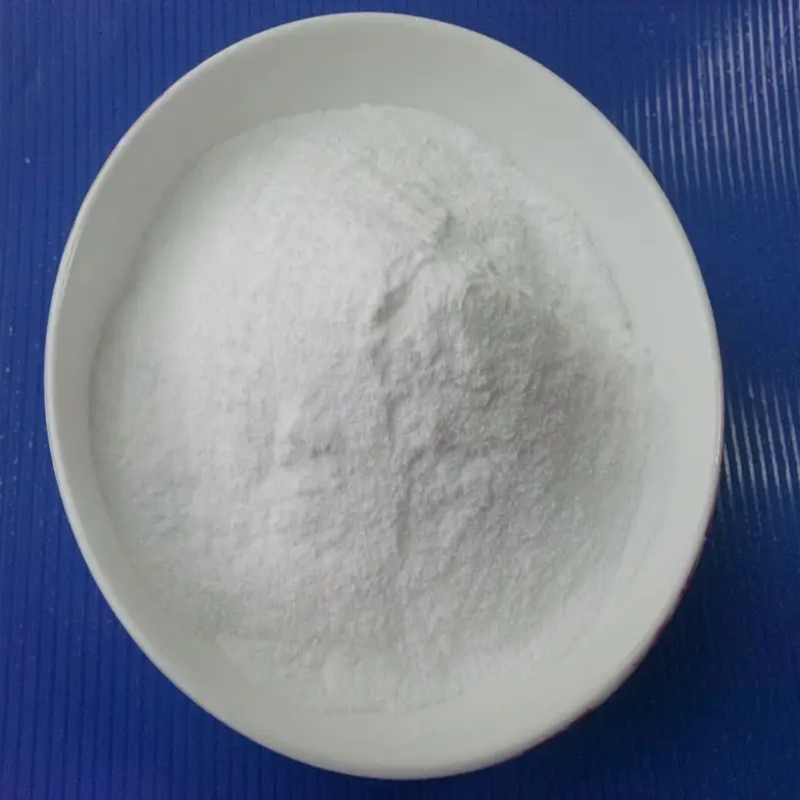-
Categories
-
Pharmaceutical Intermediates
-
Active Pharmaceutical Ingredients
-
Food Additives
- Industrial Coatings
- Agrochemicals
- Dyes and Pigments
- Surfactant
- Flavors and Fragrances
- Chemical Reagents
- Catalyst and Auxiliary
- Natural Products
- Inorganic Chemistry
-
Organic Chemistry
-
Biochemical Engineering
- Analytical Chemistry
- Cosmetic Ingredient
-
Pharmaceutical Intermediates
Promotion
ECHEMI Mall
Wholesale
Weekly Price
Exhibition
News
-
Trade Service
Cartilage oligopolymer protein (COMP) is expressed in large quantities in the cardiovascular system, cartilage and atherosclerotic plaques.
recently, Arteriosclerosis, Thrombosis, andVascular Biology, an authoritative journal in the field of cardiovascular medicine, published a study in which researchers looked at whether comPtotal and COMPneo, as well as other cardiovascular markers and clinical parameters, can identify symptomatic cervical artery stenosis.
researchers collected blood samples from patients with symptomatic cervical artery stenosis (narrow group, n=50), non-cervical arterial stenosis but small plaques (plaque group, n=50) stroke patients and controls (n=50), and used ELISA to measure COMPtotal and COMPneo.
researchers measured 92 cardiovascular disease markers using Olink CVD kits.
the expression of COMP and COMPneo through immunologic tissue chemistry.
concentrations of COMPneo were higher in the narrow group, while the concentrations of COMPtal were lower.
When comparing narrow groups and control groups IL-1ra, IL6 (interleukin-6), REN (nephrine), MMP-1 (base metalloprotease-1), TRAIL-R2 (tumor necrosis factor-related apoptosis induced apoptosis induced ligands 2), ITGB2 (integrated sub-basebeta1 binding protein 2) and COMPneo concentrations can be predicted to be narrow.
contrary, KLK6 (kinetic peptide release enzyme-6), COMPtotal, NEMO, SRC (protocinogen tyrosine protein kinase Src), SIRT2 (SIR2-like protein), differentiated cluster 40, TF (tissue factor), MG, and late-stage subject glycosylation end products were predictable comparators.
the model is good, and the area under the subject's working characteristic curve is 0.86.
COMPneo, GAL, and PTX-3 can predict narrowness when comparing plaque groups with narrow groups.
the model is excellent (the area under the subject's working characteristic curve is 0.92).
comPneo expression was detected in smooth muscles, endothoste cells, and foam cells in the stenosis of the carotid arteries.
, it can be seen that the degradation of COMP may be related to the progression of atherosclerosis and the production of specific COMPneo fragments."
COMPneo may be a new biomarker that, along with COMPtotal and other risk markers, is used to identify symptomatic cervical artery stenosis.







